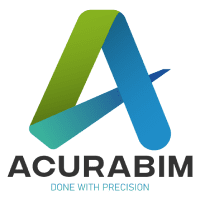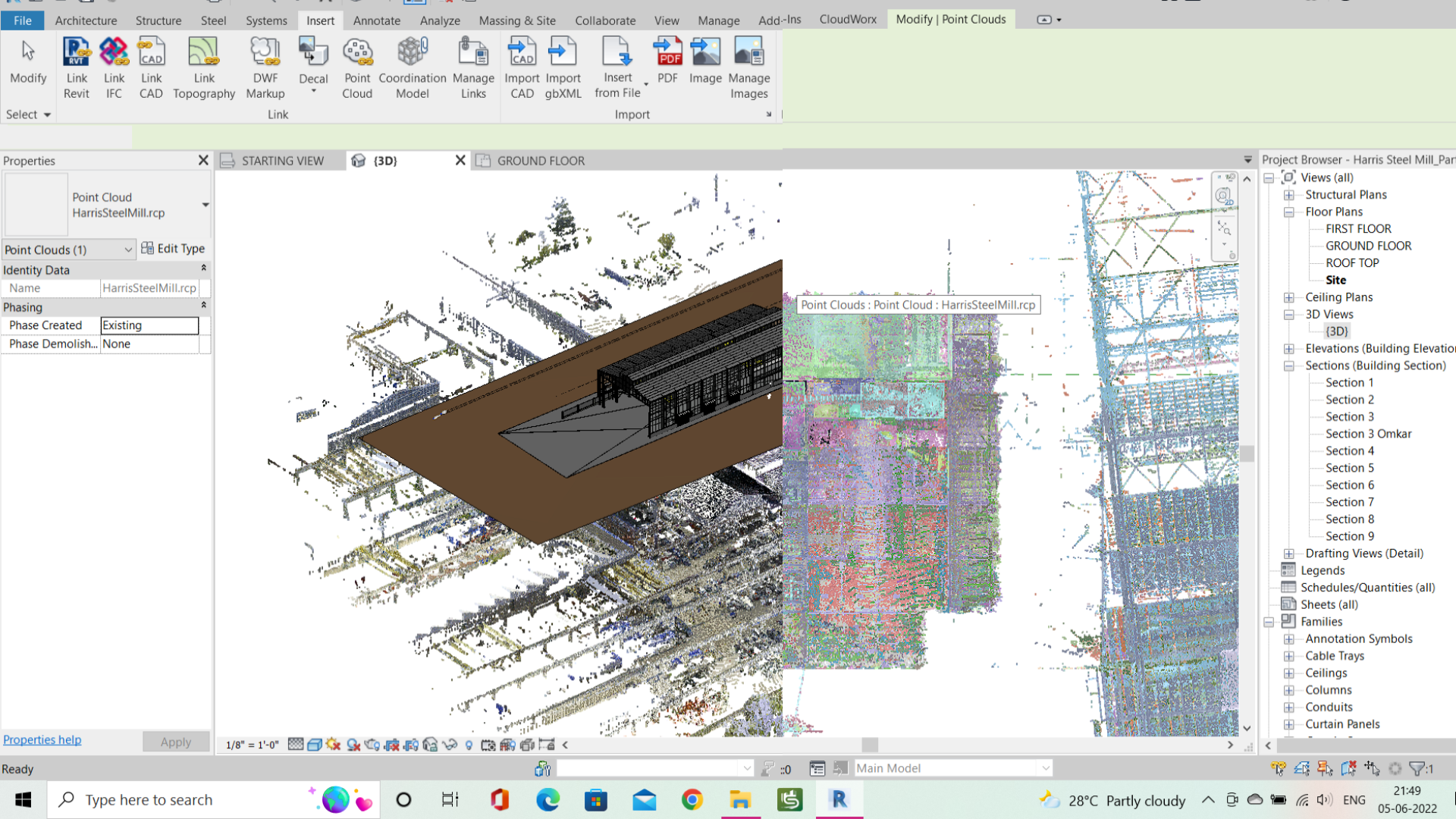
Future Trends in BIM
Predict future BIM trends include the incorporation of artificial intelligence, generative design, and virtual reality.Consider how BIM could grow to meet the evolving needs of the construction industry.
BIM is a digital technology that has revolutionised the architecture, engineering, and construction (AEC) industries by facilitating collaboration, increasing project efficiency, and minimising errors.
Several trends are likely to affect the evolution of BIM as we look to the future:
Increased Integration with Augmented Reality (AR) and Virtual Reality (VR):
BIM models can be layered onto real-world situations using AR or experienced in immersive worlds using VR. By offering a more intuitive and immersive understanding of the project, this integration can improve design visualisation, construction planning, and facility management.
Cloud-Based Collaboration and Data Sharing:
As BIM models get more complex, cloud-based storage and collaboration platforms become necessary. These platforms allow for real-time updates, data synchronisation, and smooth collaboration among project stakeholders regardless of location.
Integration of the Internet of Things (IoT) for Smart Buildings:
The Internet of Things (IoT) will play an important role in connecting building systems and components to the BIM platform. This integration will enable real-time monitoring, repair prediction, and building performance optimisation, resulting in more efficient and sustainable constructions.
Machine learning and artificial intelligence will be utilised to analyse: BIM data and provide insights into design optimisation, construction sequencing, cost estimate, and other project-related elements. These technologies have the potential to improve decision-making and lead to better informed design decisions.
Generative Design and Parametric Modelling:
More advanced generative design capabilities are anticipated to be included in BIM technologies.
These technologies may produce and assess many design choices automatically depending on supplied parameters, resulting in unique solutions that would not have been discovered using traditional methods.
Lifecycle BIM and Digital Twins:
BIM models will encompass the full building lifecycle, not just the design and construction phases.
Digital twins, which are virtual representations of physical structures, will be constantly updated with real-time data from sensors, allowing for more efficient site management, maintenance, and redevelopment.
Open BIM and Interoperability:
The industry will continue to prioritise open standards and software platform interoperability. Open BIM promotes collaboration by allowing diverse software tools to exchange data in real time, decreasing data loss and errors.





